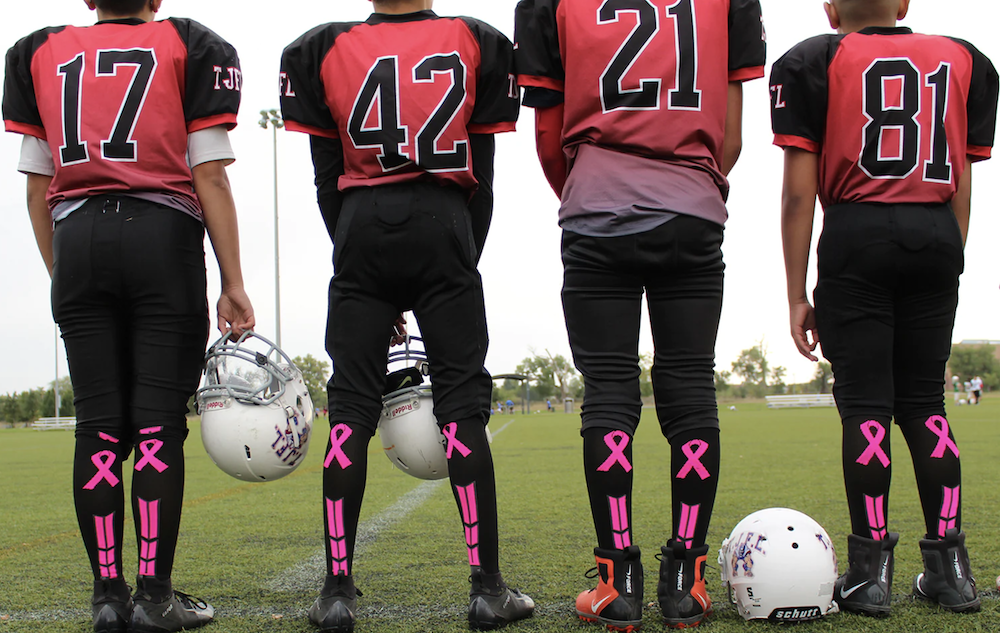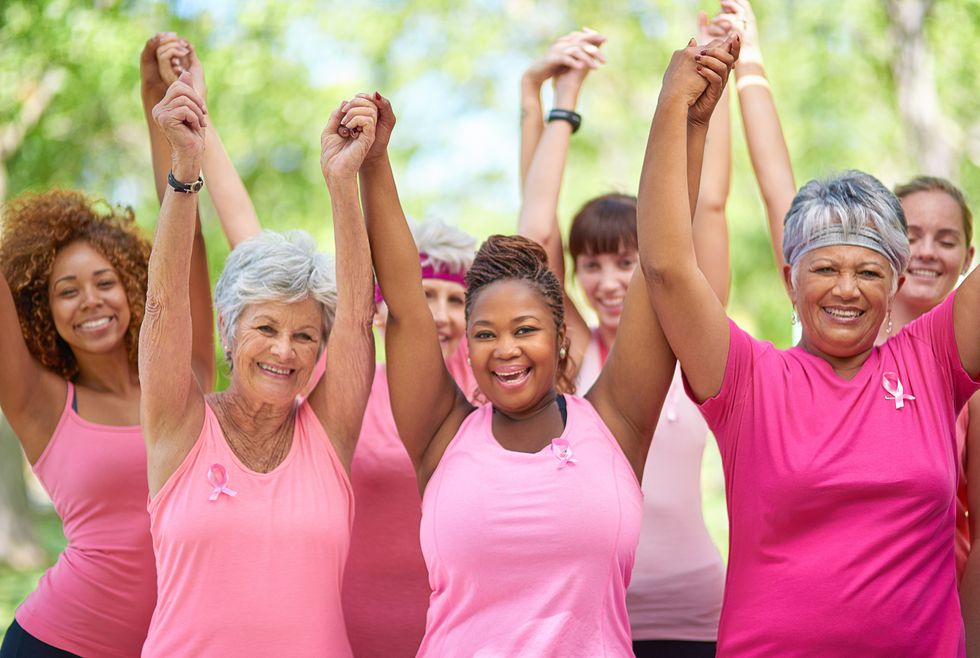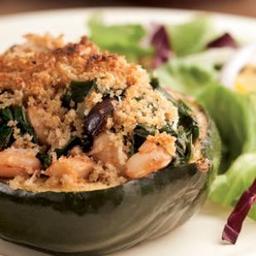
You’ve seen it…pink cleats on your favorite athletic team, a group of friends with pink-dyed hair, kids wearing pink t-shirts on their way to school, plus fun runs, pink lemonade stands, pink pumpkin decorating contests and car washes… all to support Breast Cancer Awareness Month. These different ways to encourage awareness, raise money for research and to show support for those battling this disease are just the tip of the pink iceberg.
 It all sounds fun but the harsh reality is breast cancer is serious, so serious that you should encourage your friends, daughters, mothers, friends of your mothers, friends of your friends…ok you get it… everyone should take steps to increase their awareness and prevent breast cancer. According to The National Cancer Institute, breast cancer is the second most common form of cancer in women (after skin cancer), and the second leading cause of cancer death (next to lung cancer). In fact, breast cancer accounts for nearly one-third of all cancers in women. The good news is the earlier you detect it, the better the outcome. When breast cancer is detected in stage 1, the 5-year survival rate is 98%. While stage 4 is not considered curable, treatments and a healthy lifestyle can help shrink the cancer, relieve symptoms and prolong life. Note that one in eight women will get breast cancer in her lifetime. Breast cancer is not just a woman’s disease. Each year in the United States, about 2,100 men are diagnosed. This is way less than the 240,000 cases diagnosed in women, but the mortality rate is higher due to lack of awareness.
It all sounds fun but the harsh reality is breast cancer is serious, so serious that you should encourage your friends, daughters, mothers, friends of your mothers, friends of your friends…ok you get it… everyone should take steps to increase their awareness and prevent breast cancer. According to The National Cancer Institute, breast cancer is the second most common form of cancer in women (after skin cancer), and the second leading cause of cancer death (next to lung cancer). In fact, breast cancer accounts for nearly one-third of all cancers in women. The good news is the earlier you detect it, the better the outcome. When breast cancer is detected in stage 1, the 5-year survival rate is 98%. While stage 4 is not considered curable, treatments and a healthy lifestyle can help shrink the cancer, relieve symptoms and prolong life. Note that one in eight women will get breast cancer in her lifetime. Breast cancer is not just a woman’s disease. Each year in the United States, about 2,100 men are diagnosed. This is way less than the 240,000 cases diagnosed in women, but the mortality rate is higher due to lack of awareness.
A Healthy Lifestyle and Diet Keeps You In The Pink
Breast cancer is one of the cancers where diet and lifestyle are effective in prevention as well as recovery. Studies have shown that as many as 50 to 70 percent of breast cancers can be prevented by adopting risk-reducing behaviors and healthy lifestyle changes.
- Keep a Healthy Weight. A study published in 2023 found that breast cancer patients with a body mass index (BMI) of 30 or higher have more inflammation than women with lower BMIs. Additionally, breast cancer has a higher chance of recurring in overweight women. Weight has a significant impact, particularly after menopause.
- Eat Less Red Meat. Higher consumption of red meat (such as beef, pork, veal, and lamb), animal fats, and processed meat (bacon, deli meats, sausages, etc.) are correlated with a greater risk of breast and other cancers.

- Choose Plant-Based Sources of Protein. Try vegetarian recipes that include beans and lentils, nuts, and quinoa more often. Be sure to avoid pre-packaged highly-processed vegetarian dishes. Search in your DinnerTime Recipe Box for tasty ideas.
- More, More, More Fruits, Vegetables, and Whole Grains. The phytochemicals (also called phytonutrients) found in fruits, vegetables, beans, grains, nuts and seeds are the helpful compounds found in plant foods. Phytochemicals help fight against cancer by strengthening the immune system, reducing inflammation, slowing cancer cell growth, regulating hormones and preventing damaged cells from reproducing. Wow! Food is powerful.
- Limit Caffeine. Stick to no more than 2 cups a day. While caffeine won’t cause cancer, there is evidence of a small association between caffeine and breast density. Having dense breast tissue is a risk factor for breast cancer.
- Drink Alcohol in Moderation. Limit alcohol to under 3 servings per week. Compared to women who don’t drink at all, women who have three alcoholic drinks per week have a 15% higher risk of breast cancer with the risk going up another 10% for each additional drink women regularly have each day.

- Stay Hydrated. Keep sipping to regulate the body’s temperature, blood pressure and electrolyte balance. Fluids such as water and herbal teas help prevent or minimize constipation and allow your organs to filter out wastes and toxins. Fluid needs are higher while going through cancer treatment, so keep sipping throughout the day, mostly water.
- Include Moderate Exercise. Always recommended for a healthy lifestyle, exercise can be particularly important for breast cancer survivors to help feel better after treatment. Studies show that walking 3-5 hours per week at a pace of 2 to 3 miles per hour can lower the chances of breast cancer recurrence and death by up to 40 percent. Walking can help fight fatigue, depression, and anxiety as well as improve heart and bone health.
And remember to perform your monthly self exams and schedule an annual mammogram. Self exams only take a few minutes. Here’s a link for a step-by-step how-to. A little self-care and self-understanding make all the difference.
Tasty Recipes That Support Your Healthy Life
Search for more delightful recipes in your DinnerTime Recipe Box.
Use the filter function (found on right of your DinnerTime Recipe Box search) to find desserts, main dish, side dishes etc.



